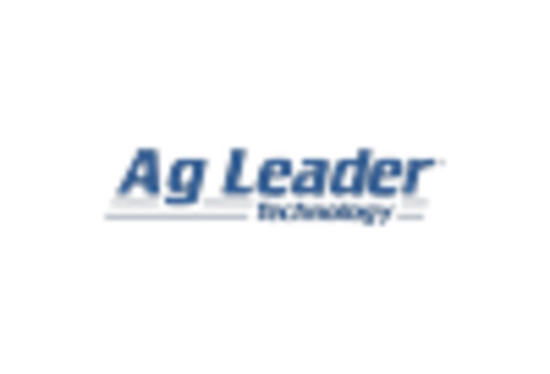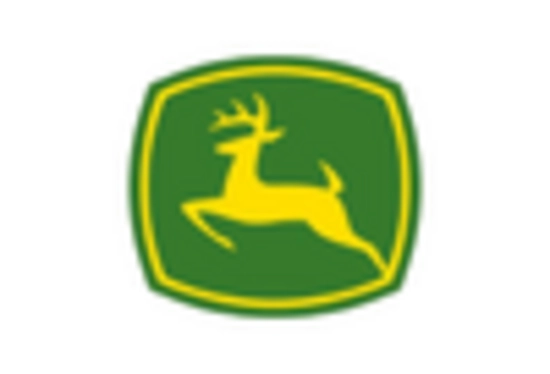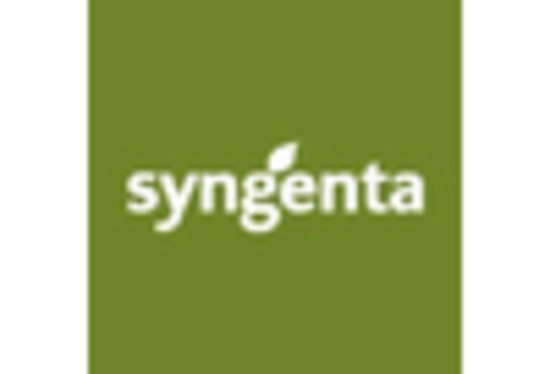Market Trends
Key Emerging Trends in the Applied AI in Agriculture Market
There are multiple ways via which different firms seek to establish and improve on their market share in the constantly changing landscape of applied artificial intelligence (AI) in agriculture market share. Specifically, technological innovations become central as corporations aim at developing and offering artificial intelligence products with advanced features and capabilities aligned towards specific needs within this sector. This involves exploiting breakthroughs made using machine learning algorithms including image recognition techniques which have enhanced resource utilization efficiency for sustainable cropping systems based upon minimal input rates; yield optimization programs designed around modern analytic tools such as big data analytics used together alongside traditional crop modelling approaches which combine simulation modeling outputs from software packages like CERES maize or APSIM soybean over subsequent seasons until convergence occurs; etc.
Market share positioning depends on pricing strategies on a large scale within Artificial Intelligence (AI) applied to Agriculture trade. While some firms focus on leadership through cost reduction by providing less costly options than rivals do targeting discerning customers who want cheap but quality stuffs others sell highly priced premium offerings featuring attributes such as predictive analysis, site-specific agriculture or comprehensive datasets. By targeting specific agribusinesses in preference of top quality AI solutions, these businesses develop niche markets willing to pay a premium for sophisticated personalized artificial intelligence solutions.
Collaborations and strategic partnerships are key determinants of market share positioning in the Applied AI in Agriculture Market. Companies often form alliances with agricultural technology providers, equipment manufacturers, or research institutions to better integrate and use their AI solutions within the farm ecosystem. When these all come into place, there will be a broader base of services that can work together rather than work against one another and it can increase market reach by farmers and address specific needs of different types of farming systems. Additionally, large scale farming operations or agricultural cooperatives act as stable income streams besides enhancing further the market presence.
In order to gain more shares on the market dominated by applied artificial Intelligence (AI) in agriculture; several organizations have adopted different approaches aimed at ensuring customer satisfaction among end-users. Building long lasting relationships through user-friendly interfaces that provide actionable information along with responsive assistance is considered as one way towards maintaining farmer priorities and delivering value to them through appropriate strategies developed over time. Businesses that focus more on user experience gain customer loyalty while those who emphasize on great experiences benefit from greater word-of-mouth outreaches that lead to positive feedbacks expanding their territories. Therefore they target their products specifically at certain agricultural tasks or uses thus giving them a competitive advantage.
The cornerstone of market share positioning strategies is innovation. Investing in research and development enables companies to stay ahead of agricultural trends and bring new features into their products such as AI-powered pest detection, automated irrigation systems, or crop health monitoring. Pioneering new solutions in the market allows companies that are industry leaders to attract early adopters from the agriculture sector thus giving them an upper hand over others. That is why continuous improvement and adaptation to emerging technologies are crucial for sustained success in the ever-evolving Applied AI in Agriculture Market.









Leave a Comment